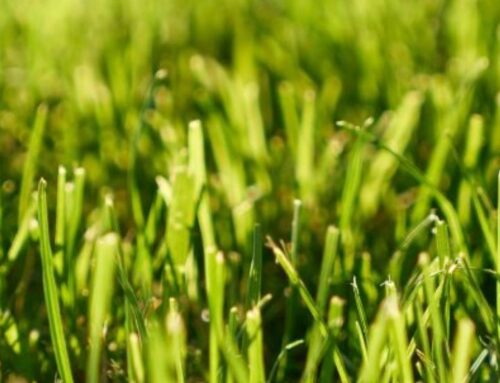Spring is right around the corner and one of the most common questions we are asked is about crabgrass preventer and its timing.
Most people believe the old farmers rule that the application needs to be done when the forsythia are in bloom (Side note: they actually said it was when the blooms were falling not just in bloom). Unfortunately, this is not an accurate indicator because there are other factors at play. Additionally, forsythia may bloom sooner or later depending on the spring weather conditions.
So when should your crabgrass preventer be applied?
Crabgrass begins to germinate when the temperature in the upper inch of soil reaches 55 to 58 degrees Fahrenheit at daybreak for four to five days. This may not occur until the beginning to the middle of May (or later) depending on the spring weather. Timing is the most critical component of an effective crabgrass control program. March 1st – May 15th is generally the proper window of application for our area.
There are several other important things to be aware of when it comes to managing crabgrass. Proper mowing height, sharp mower blades, fall aeration and seeding with more resilient grass types such as turf type tall fescues, and other cultural practices will greatly impact the control of crabgrass through the season.
Another important thing to remember is that the crabgrass barrier is sensitive to the sunlight. If the lawn is very thin or there are bare areas, the barrier can break down and allow crabgrass to germinate. Along the edges of walkways, concrete, driveways, landscape beds, and other exposed edges can be problem areas for crabgrass. The radiant heat from these surfaces can cause the turf to thin, especially during the summer months or periods of stress or drought. This in turn can expose the crabgrass barrier and impact the efficacy of the pre-emergent. These are areas we will watch out for during the summer and fall months and we will spot treat any crabgrass that may have germinated at your next application.
Pre-emergent crabgrass control will also control many other annual broadleaf weeds such as oxalis but, not perennial weeds like thistle or grassy perennial weeds such as foxtail.
Crabgrass pre-emergent applications can be done as either a granular or a liquid application. Both delivery methods include the same formulation of products and are applied in a similar fashion.
There are many factors which can influence the efficacy of the application that we must be aware of. Our trained technicians will look over your property at each visit and leave any comments or suggestions on the invoice notes after each treatment. If there are ever any questions as to what was applied or lawn issues that need to be addressed, please give the office a call and we would be more than happy to stop out and diagnose the issues for you.






